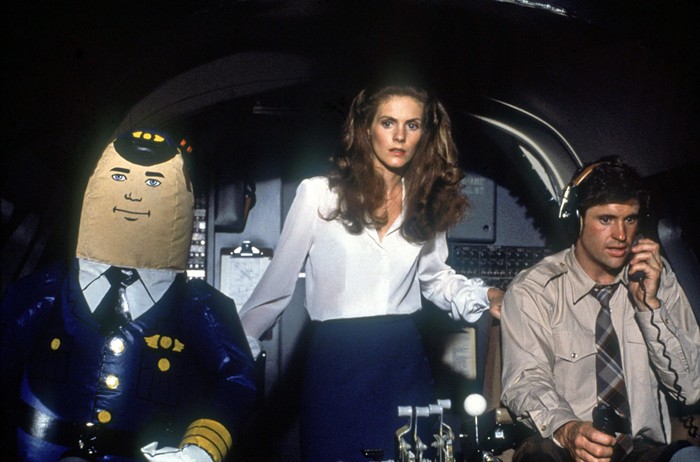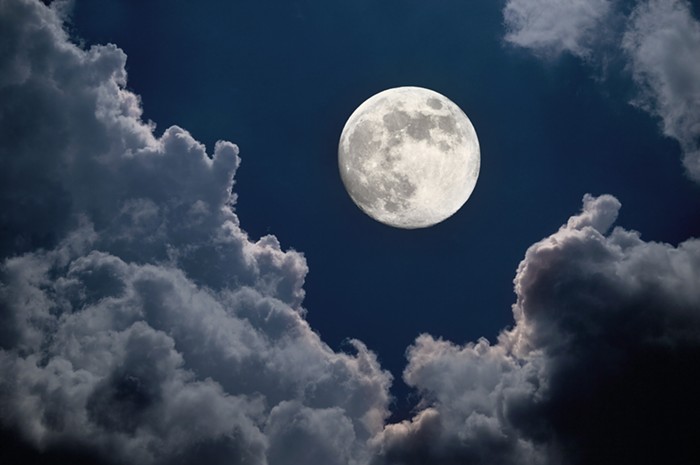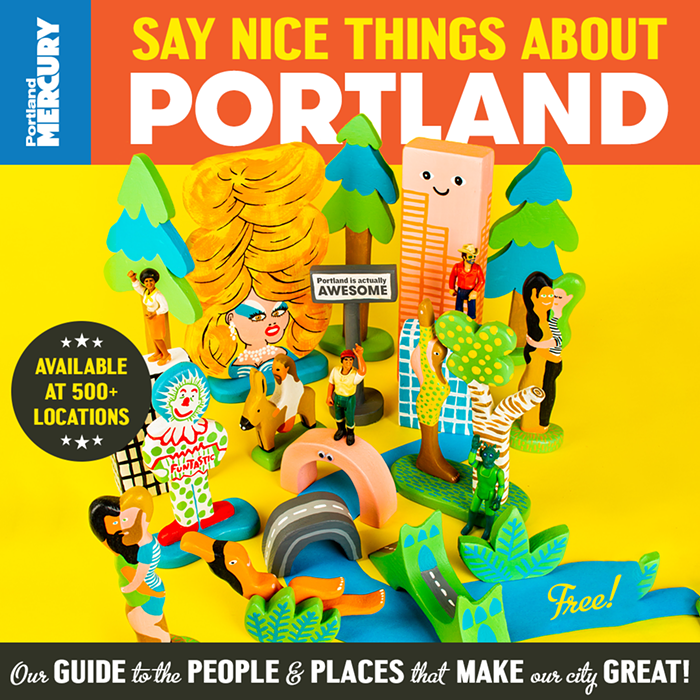It's a dream-team lineup for fans of the earth art set: Wizened guru James Turrell, the reclusive genius who's transforming an extinct volcano into the greatest artwork of our lifetime, paired with the Center for Land Use for Interpretation (CLUI), a loose but ambitious organization that devotes meticulous attention to how humans interact with the land. These two free lectures are happening independently across town a few nights apart, in a fortuitous stroke of synchronicity.
Turrell emerged in the '70s as one of the leading California artists using light as a medium. Testing and manipulating viewers' visual perceptions, he creates glowing panes of color that people can step right into, walls that don't exist, and hallways that seem to hover in futuristic lightwaves. If these mind-benders were the sum total of Turrell's output, his spot in history would be secure. But for the past three decades, he has been turning a remote volcano in Arizona into Roden Crater, the most famous work of art that almost no one has ever seen. Its official function is as a naked-eye celestial observatory, but with tunnels, skyspaces, and an air of mystery that has kept the art world antsy for decades, Roden Crater promises to transcend notions of science, art, and spirituality.
Equally unclassifiable is the CLUI, a research organization that is as artful as it is scholarly. Using everything at their disposal—books, artist residencies, exhibitions, remote museums, tours, and archives—CLUI generates an astounding amount of information and documentation about human land use. Their online database alone (ludb.clui.org) is a fascinatingly extensive tour of America's abandoned water plants, nuclear test sites, desert penitentiaries, airplane graveyards, and roadside dinosaur museums. Catch both of these lectures if the idea of never looking at land the same way again appeals to you.
The Turrell lecture is officially booked up, but PNCA will be making a few spots available 10 minutes before the lecture begins.












